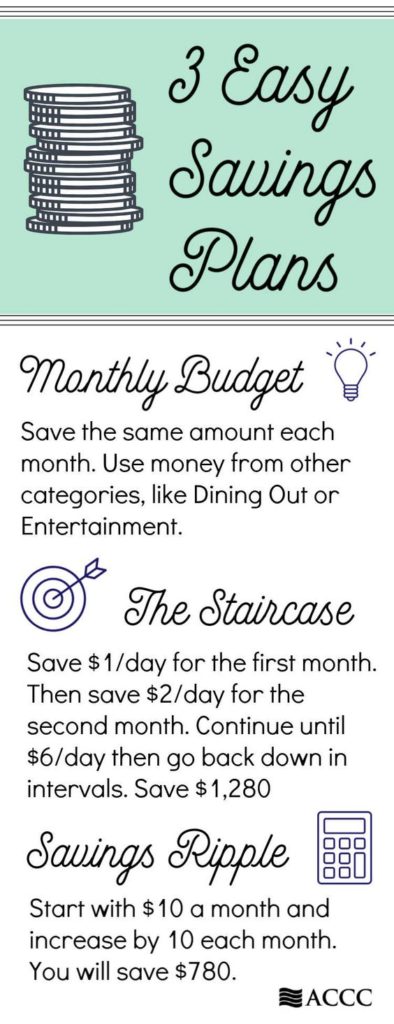While it’s past January 1st, you can still decide on a savings plan for the year ahead. Our credit counseling advice? Setting up a quality goal and a solid game plan is essential. No matter what financial goal you want to focus on, there are plenty of options to get it done. Explore the following options and decide which yearly savings plan will work best for you.
Setting a SMART Goal for a Yearly Savings Plan
Here is a quick SMART goals review!
SMART stands for Specific, Measurable, Achievable, Relevant, and Timely.
- Specific: I will pay off $5,000 in unsecured consumer debt.
- Measurable: I will apply at least $100 each month to that debt.
- Achievable: I can achieve this if I cut back on my cable, mobile phone service, and additional discretionary spending.
- Relevant/Realistic: I need to reduce my debt to apply more money to savings and future goals.
- Timely: I will pay off this debt in 30 months.
First, you must have a clear goal in mind. Goals and steps must be specific. Take a look at this example.
Let’s say you need to save $1,000 towards a down payment.
Since there are 11 more months in the year, divide $1,000 by 11 months.
$1,000/11= $90.91
The math tells us that you would need to save about $91.00 a month. Apply this same mathematical logic to any amount you need to save.
Choosing a Yearly Savings Plan
Savings Staircase
A savings staircase is all about steady incremental jumps. One example would be to save $1 everyday for a month. The next month you will climb up another stair. Therefore, in month two, you would save $2 everyday for that month. However, in the middle of the year it’s common to climb back down the stair interval. The savings amounts would be too high to manage within your budget.
If you followed this for an entire year, you would save:
- January: $31
- February: $56
- March $93
- April: $120
- May: $155
- June: $180
- July: $186
- August: $155
- September: $120
- October: $93
- November: $60
- December: $31
This gives you a grand total of $1,280. That is a solid emergency fund!
Savings Ripple
Next, look at a savings ripple which gets bigger and bigger. Here is what a savings ripple might look like over the course of a year:
- January: $10
- February: $20
- March $30
- April: $40
- May: $50
- June: $60
- July: $70
- August: $80
- September: $90
- October: $100
- November: $110
- December: $120
The total is $780. This might be a great way to save for Christmas presents. You could reverse the amounts and start with the $120 in January and then get lower as the holiday shopping season approaches.
The important thing is to stop waiting and get saving! Be smart- use your budget and work hard to accomplish your personal finance goals.
If you’re struggling with debt, ACCC can help. Sign up for a free credit counseling session with us today!







